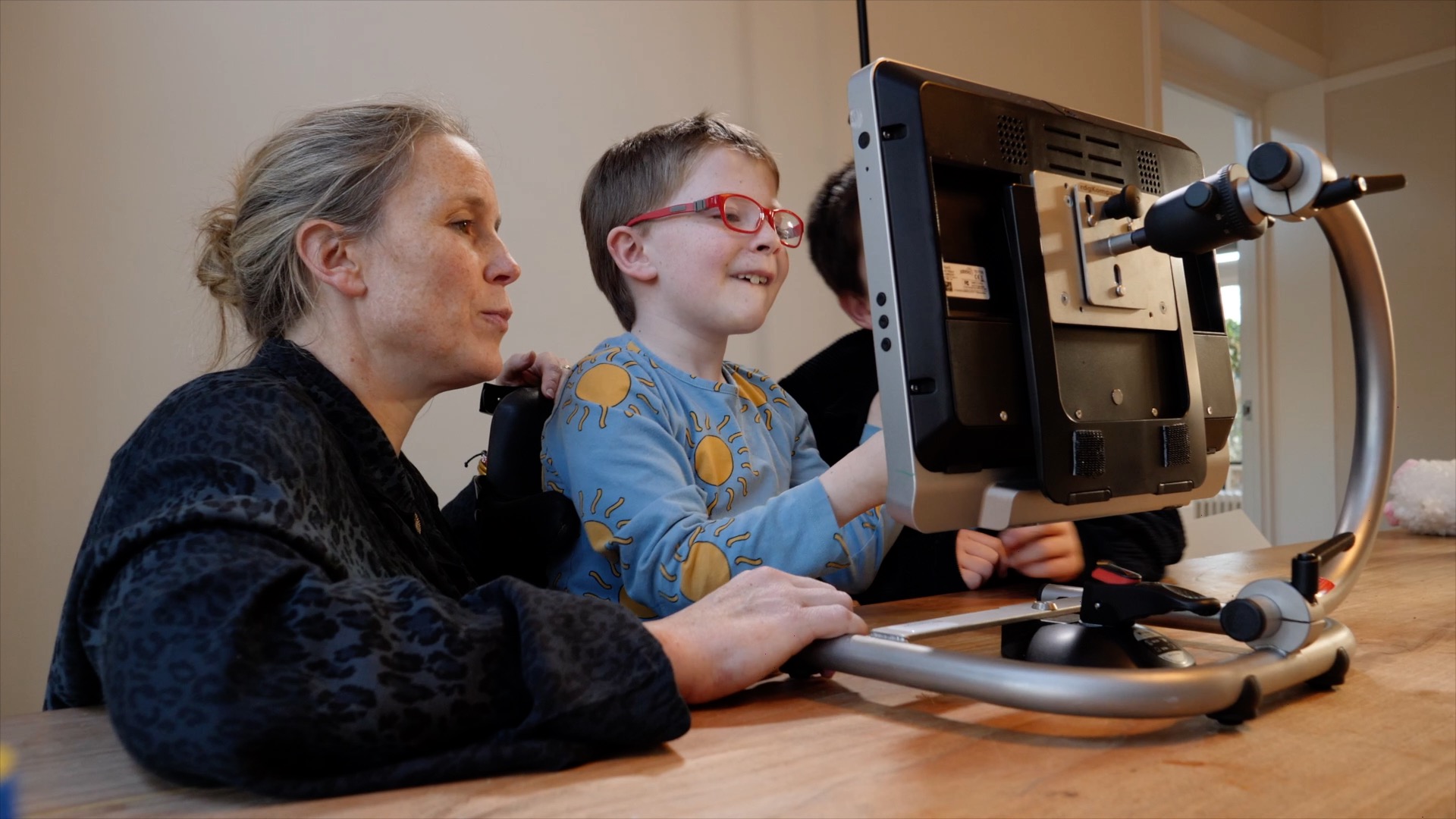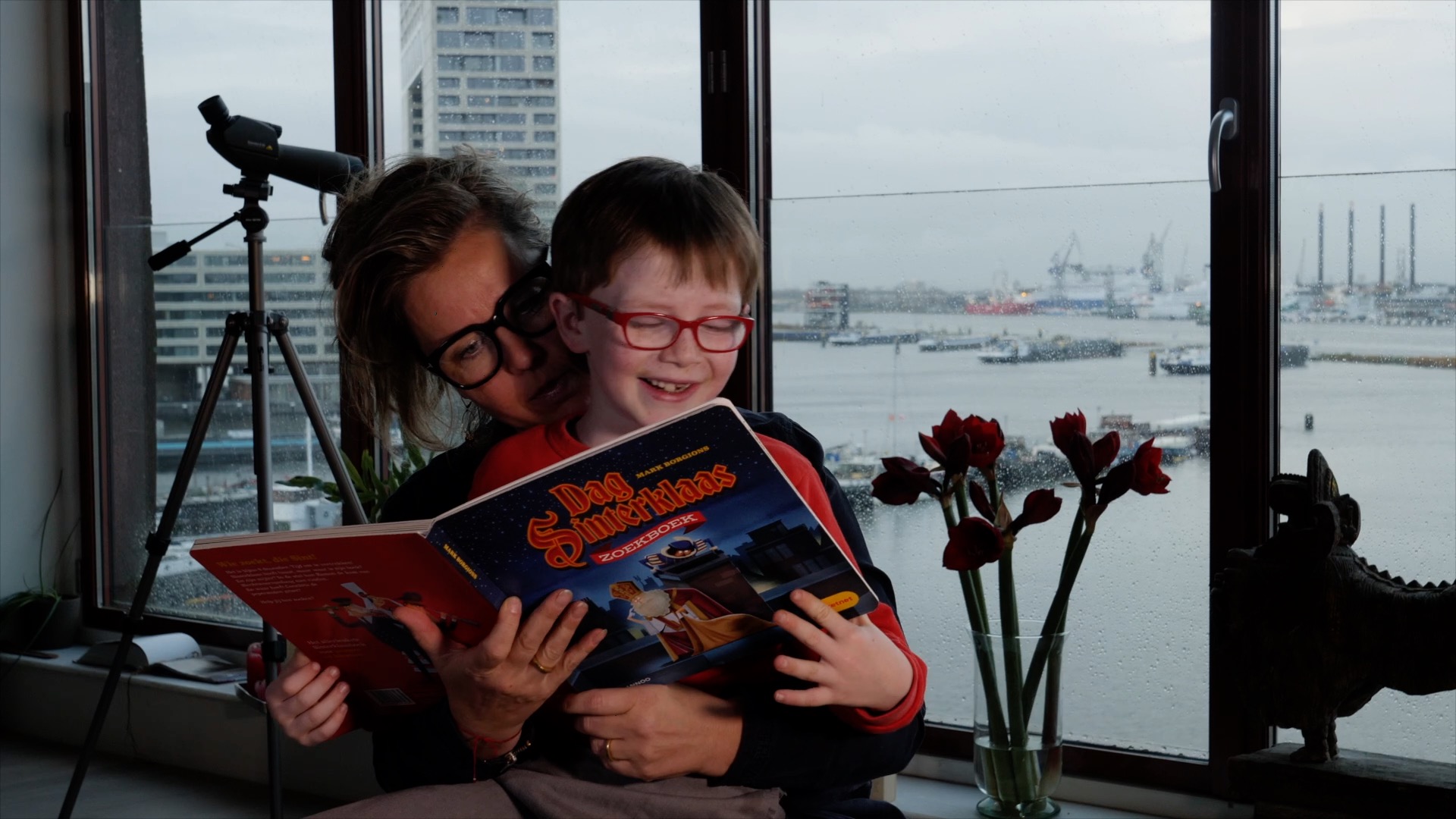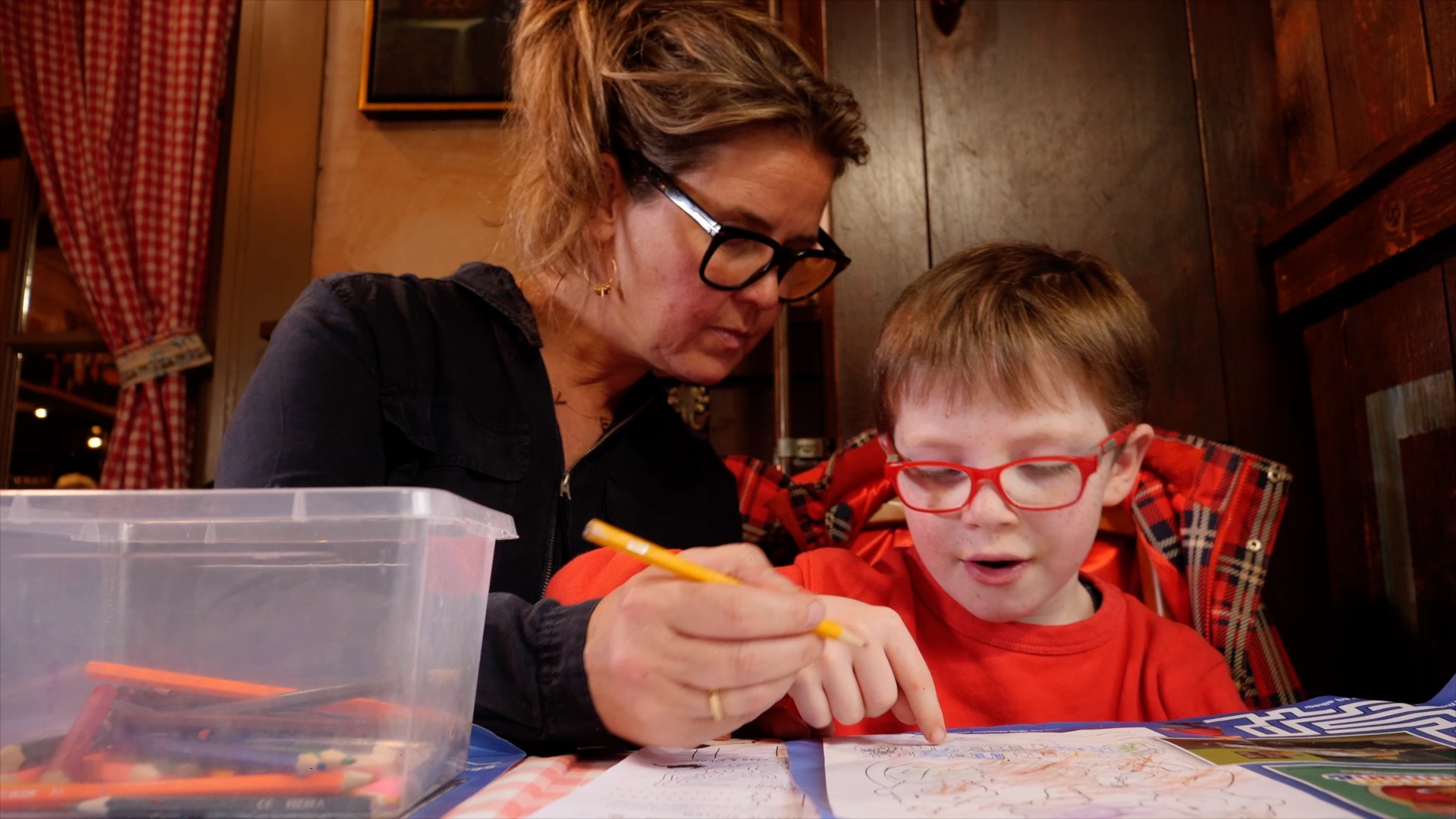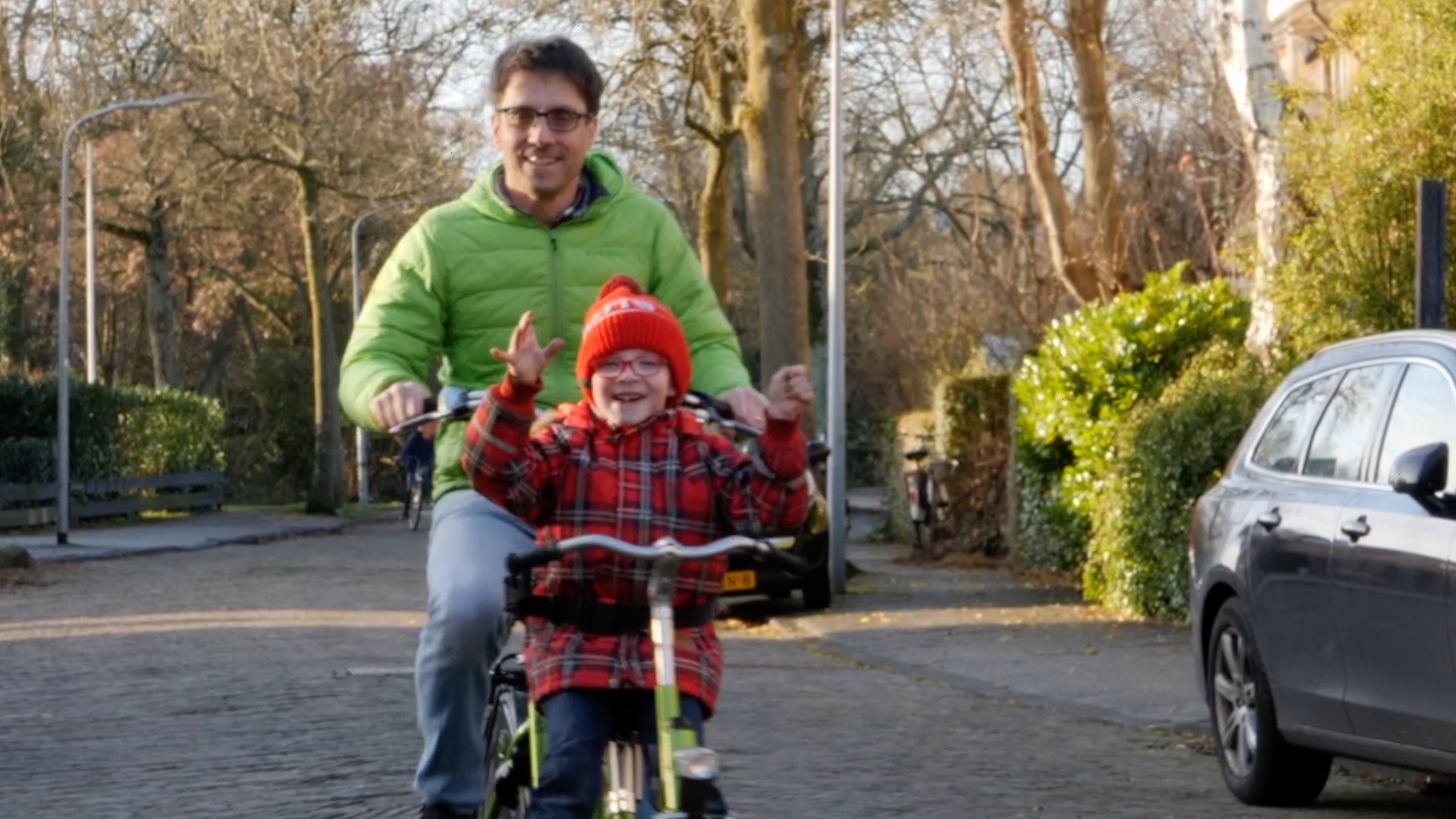
- Good Stuff -
- 3mins -
- 594 views
Joris (8) is much more than just his disease
“I see what’s wrong, but I don’t consider Joris a patient, I consider Joris an eight-year-old boy. The disease doesn’t affect who he is,” says Joris’ grandmother. Joris has the rare metabolic disease PKAN

What’s PKAN?
PKAN is a deadly, progressive, and hereditary disease and the abbreviation for Pantothenate kinase-associated Neurodegeneration. Pantothenate Kinase is the name of an enzyme that no longer functions properly in this condition. Neurodegeneration is the loss of brain cells. Associated means ‘as a result of’, now that the brain cells are damaged due to a shortage of the enzyme Pantothenate Kinase.
Source: Kansvoorpkankinderen.nl

A typical day with Joris
Joris can see poorly in the dark, so he often wakes up in a panic at night. He can barely talk, often falls uncontrollably because he cannot keep his balance. "Our tropical years never pass. After a restless night, we get up around six o’clock, after Joris’ first scream. Sometimes we can hear him falling or pulling at the door if he has managed to walk there. Then the hustle and bustle start: getting ready for school and breakfast, while Joris has to be constantly monitored. Looking away for one second and he may already hurt himself; he doesn’t act according to his limitations.
In the playground, he wants to run around like his brother Tobias, but that is not possible. Because of the intensive care for Joris, Tobias became independent at an early age and Pepijn is already capable of doing more than his big brother. But we try to live as normally as possible.
After breakfast we drive the children away – Joris goes to a so-called mytylschool, where he also gets his therapies – and after that, my husband and I go to work.
Source: Parool/KimvanderMeulen

Foundation “Kans voor PKAN kinderen”.
Stichting Kans voor PKAN Kinderen charts the various (inter)national research groups that conduct research into PKAN and informs PKAN parents about this if desired. The foundation also raises funds to stimulate the development of knowledge about life with PKAN in order to obtain treatment for children suffering from PKAN as quickly as possible.

Daily mourning
Annelot, Joris’ mother: "As a parent, you want the very best for your child and you want your child to participate as normally as possible until he or she determines that he or she would want to be different. It’s actually a kind of future image that you have as parents, from which you have to say goodbye step by step. They also call it daily mourning."
PKAN usually reveals itself at a very young age.
PKAN is a rare disease. It is not well known how often it occurs. It is estimated that it occurs in one to three children per million. It is caused by an error in the hereditary material on chromosome 20.
PKAN usually reveals itself at a very young age. There currently is no treatment available for this serious disease. Children with the ‘classic’ and most progressive form of PKAN usually do not get older than about 15 years. The disease manifests itself in the first ten years of their life, with the average being around 3.5 years. Children with the a-typical PKAN variant often develop the disease later in life. There are a few known cases of people where the disease manifests itself in adulthood. In many cases, they have been allowed to live a seemingly ‘normal’ life until that time.


